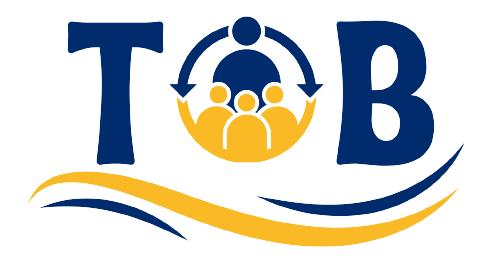Web crawling and web scraping might be similar in the sense that both rely on automated programs to identify and store data from websites and web pages. However, there are numerous underlying differences. For instance, while web crawling collects all content/data stored by the websites, web scraping is more selective. The latter only extracts predefined data sets, not blanket information. This article shall explore other differences, but first, let’s discuss web crawling, including what is a web crawler and what is web scraping.
What is a web crawler?
Web crawlers and web crawling are central to the functionality of search engines. Web crawling is the process by which bots known as web crawlers or spiders discover web pages, sift through the content therein, and, finally, archive the URLs in databases, known as indexes, for future retrieval. Thanks to the combination of these steps, search engines or online aggregators can present links (URLs) to billions of results, ranked according to relevance. Check out Oxylabs’ post on what is a web crawler for a more in-depth outlook on the topic.
You can liken web crawling to how your local library works, but on a larger scale. However, when it comes to websites and web pages – and there are millions of them – it is easy to lose track, eventually leading to confusion as to whether all pages have been archived. This is why web crawlers follow a simple procedure.
Web Crawling Procedure
- The spider begins the web crawling process with just a few known websites/web pages (from past crawls or sitemaps provided by the sites’ owners). These known websites include hyperlinks to other sites. Thus, the spider will follow the links to the new web pages, containing links to other pages. They repeat this process over and over for each new web page.
- Each time the crawler discovers a new web page, it will go through all the content stored therein, from the first line to the last.
- Finally, it will collect data – such as all the words, the recency of the page meta description, URL, and more – and then store this information in its databases known as indexes. Search engines retrieve the data from indexes when prompted, presenting the content as links to the specific web pages.
It is also worth noting that the crawler periodically revisits web pages to ascertain that its archives have the latest data. This is because websites regularly update their content.
What is a web scraper?
On the other hand, web scraping refers to the automated retrieval of data from web pages using web scrapers. However, because the web pages mainly contain disorganized and unstructured content, the retrieved data has to undergo what we refer to as parsing. Parsing converts unstructured data into a structured format that humans can read and understand. Lastly, this structured data is stored in a CSV or JSON file.
Web scraping procedure
- A web scraper sends requests to specific websites.
- The sites’ servers respond by sending HTML code files, which contain the unrendered and unstructured version of the web page(s).
- Next, the scraper parses the data, i.e., converts it from the unstructured format to a structured variant that humans can understand.
- Finally, it stores the data for download as a CSV or JSON file.
Differences between web crawling and web scraping
The differences between web crawling and web scraping are:
- Web crawling indiscriminately collects all the data contained in a web page, while web scraping focuses on extracting specific, predefined data.
- The data collected during web crawling is used to index web pages and is not available for download, while the data extracted during web scraping is available for download.
- The output of web crawling is a list of links to websites (URLs) ranked according to relevance. In contrast, web scraping presents a table or tables containing a lot of rows and columns with tens of entries and fields.
- The unstructured data web spiders collect does not have to be converted to a structured format that humans understand. On the other hand, the unstructured data sent by web servers during web scraping must be converted to a structured form that can be downloaded.
- Web crawling is employed for large scale applications where search engines or online aggregators discover and archive billions of web pages. Web scraping is used for both small- and large-scale applications.
- Web spiders or crawlers carry out the web crawling while bots known as web scrapers undertake web scraping.
- Web scraping sometimes relies on web crawling to discover web pages, while web crawling does not require web scraping for the indexing process to be effective or successful.
Conclusion
Both web crawling and web scraping are essential in the current internet age. Resources explaining what is a web crawler or what is web crawling often leave out the fact that this process collects data on the content stored on web pages, but this is not the case. Web crawlers discover pages, go through pages, collect the data therein, and archive it in indexes for future reference. Web scrapers, on the other hand, extract specific data from websites.

